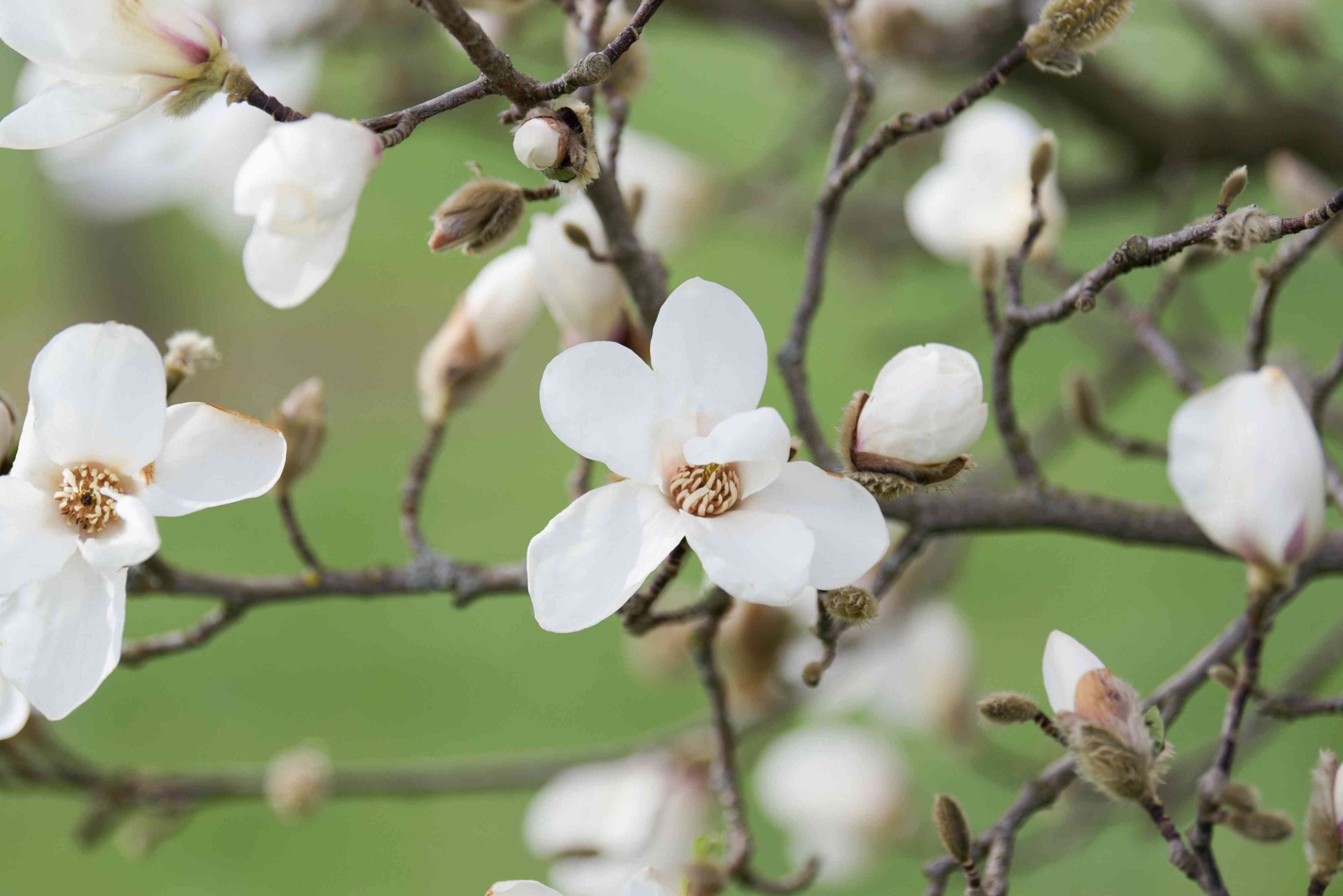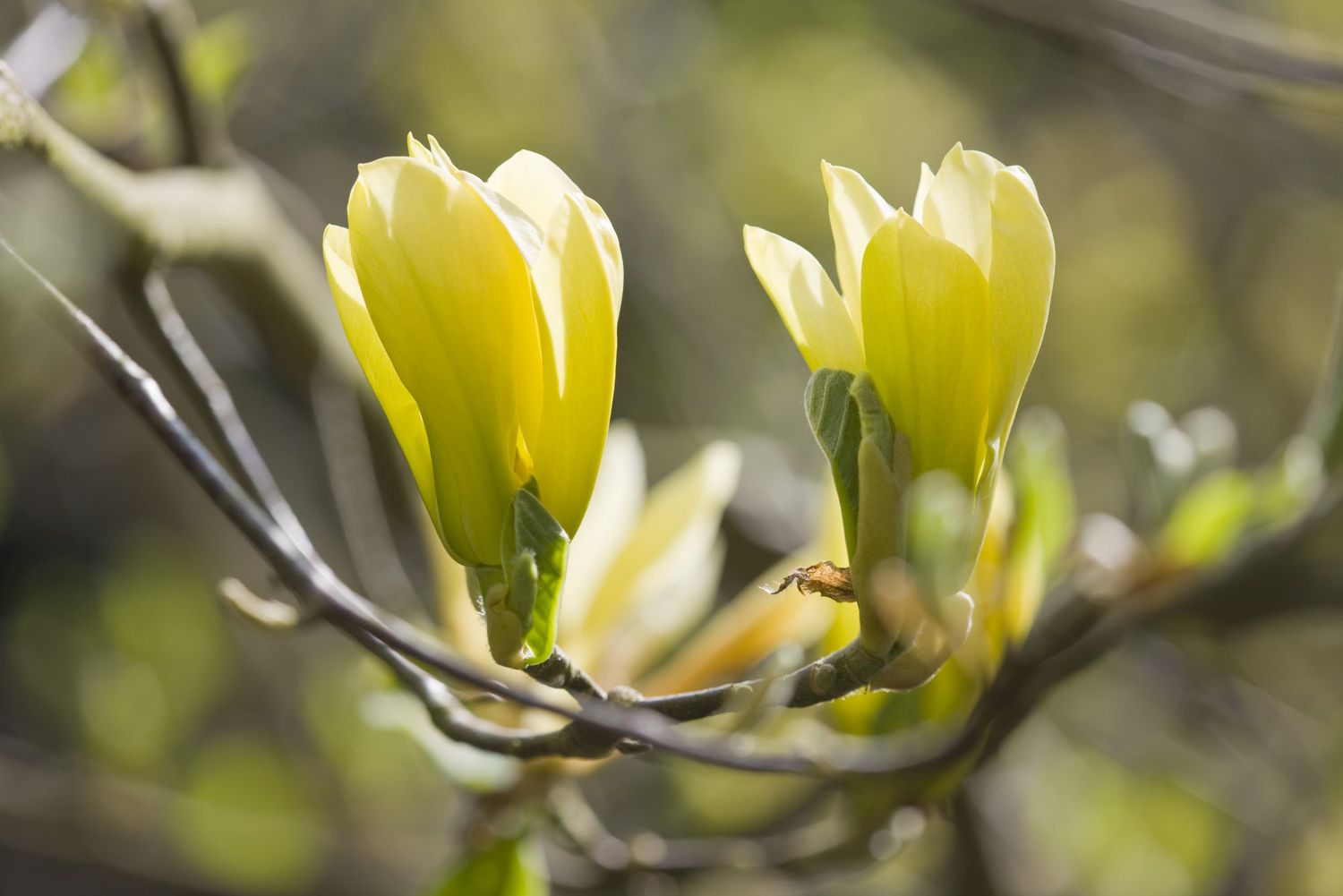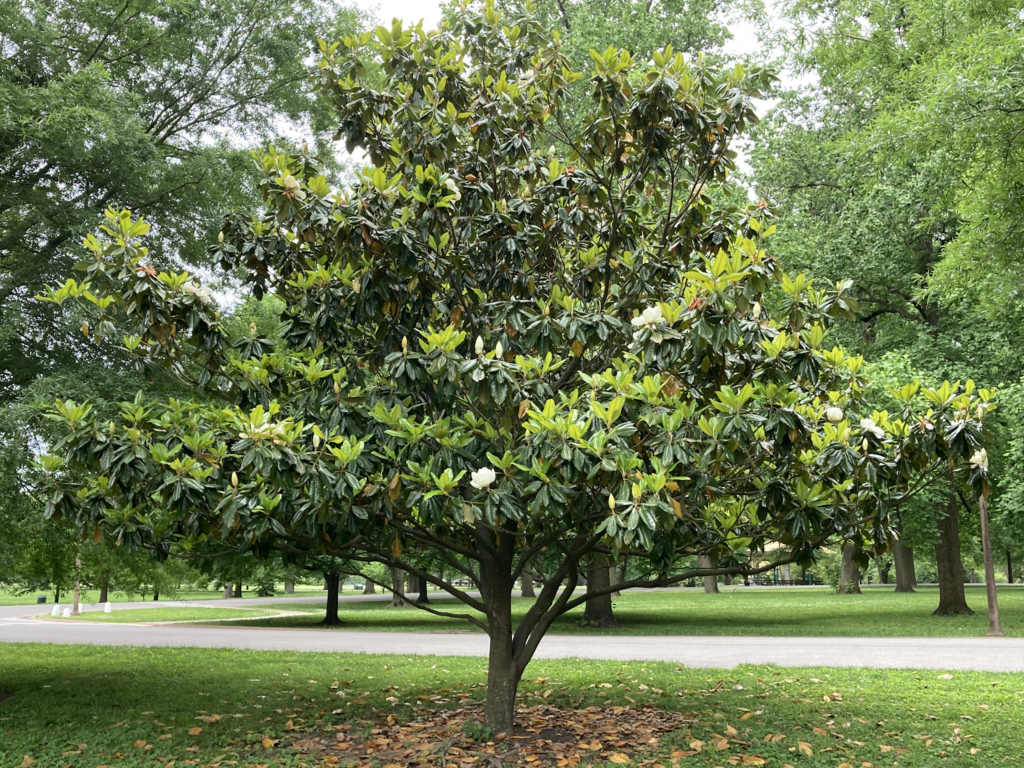
Metaphor
"We have learned that mother trees recognize and talk with their kin, shaping future generations" - Wohlleben
The metaphor weaving its way through this e-portfolio is that of a tree. Trees are symbols of growth, life, strength, and, also, of identity, connection, and freedom. Vast in diversity, trees are symbols of the interconnectedness of the human and non-human world, and a reminder that we are rooted as one on this planet, both reaching and growing in environments that provide the nutrients, space, and care we need. As the Wohlleben (2015) quote above states, mother trees shape future generations of trees; as do parents and educators, future generations of children.
The Magnolia Tree
Within this metaphor, I have specifically chosen to highlight a Magnolia tree. It is symbolic of innocence, purity, happiness, and joy (Stanton, 2022). In this way, the Magnolia tree is a symbol of children's relationships with self and place, without external influence, and without limitation and fear. In supporting children's identity, connection, and autonomy, this is a relationship we must strive to protect.

The theoretical foundations from which I work are grounded in sociocultural theory, common worlds framework, Indigenous worldviews, and ecological systems theory. I do not read those words without images of trees and a diverse natural world coming to mind. I feel that the interplay of the human and more than human world, and our relationships within each, influence our ways of being and doing and the experiences we offer future generations.
I reflect on Bronfenbrenner's (1994) ecological systems theory that presents how the many environments in which lives are entangled, like the root systems of trees, impact development of the individual and how this comes into play when we consider risky play in early childhood. Like the mother tree influences her kin (Wohlleben, 2015), what influences are we having on the future generations? Reading how Sandseter (2007) spent time researching how children perceive risk and Little, Wyver, and Gibson (2011) explored the influence that adult attitudes have on children's risk-taking behaviour in outdoor play, I found connection to common worlds and indigenous frameworks; highlighting the importance of ecological identity and connection to place. Both Taylor and Pacini-Ketchabaw (2018) and Pelo (2014) consider the impact of influence on children and how this shapes their experiences within the natural world; both considering how adults, society, and media teach children to fear the outside world:
"Children are not immune to the circulation of popularly held negative beliefs about certain animals which are transmitted through every day conversations, via social media, on the television, and through the negative reactions that children observe displayed by the adults around them" (Taylor & Pacini-Ketchabaw, 2018, p. 5).
In recognizing the influence this has over children and the opportunities they take, or are provided, to engage in autonomous freedom of exploration and risky play, Pelo (2014) urges us to cultivate ecological identity, for ourselves and our children; to build a deep residence in place and connect to our natural worlds. The tree is symbolic of this connection; of being both rooted to place and having the freedom to grow, expand, and reach new heights.
It is within these frameworks and perspectives that this e-portfolio aims to encourage educators and parents to reflect on their own relationship with place and consider their attitudes of the natural world and risk taking, and the influence this has on the children in their lives.

In response to Dr. Peter Gray's (2011)
staggering statistics on the cost of this loss of play, I have a strong desire
to bring back a childhood that sees children playing independently, freely, and learning who they are and
what their boundaries and limitations may be. In my work with children over the
past two decades, I have been witness to the loss of childhood as defined in
this way.
The more attention we can bring to the benefits of risky play, to the realities of media portrayal of danger, and to the impact our own adult bias and attitude has on our children, the greater the opportunity we can learn to let go. We must recognize that "children have a natural propensity towards outdoor risky play" and that "keeping children safe involves letting them take and manage risks" (Brussoni et al., 2012, pp 3139-3140).
We must honour children's innocence, purity, happiness and joy. We must let the children climb the trees.
Metaphor Grounded by Intention
"We either live with intention or exist by default." - Armstrong
The intentions set forth within this e-portfolio are connected to the values seen in this metaphor. Intention 1, roots, are all about our base, our identity. Intention 2, trunk, is symbolic of connection, where our foundation (the roots) expands to our connections within our worlds; to nature, place, and others. Intention 3, branches, is where we, as educators, come to appreciate and value risk taking. It is here that we find our freedom from fears and media; where we step back, let go, and allow children to be autonomous, to test their own boundaries and limitations.
Please continue this walk amongst the trees with me and explore the meaning they hold for early childhood education.